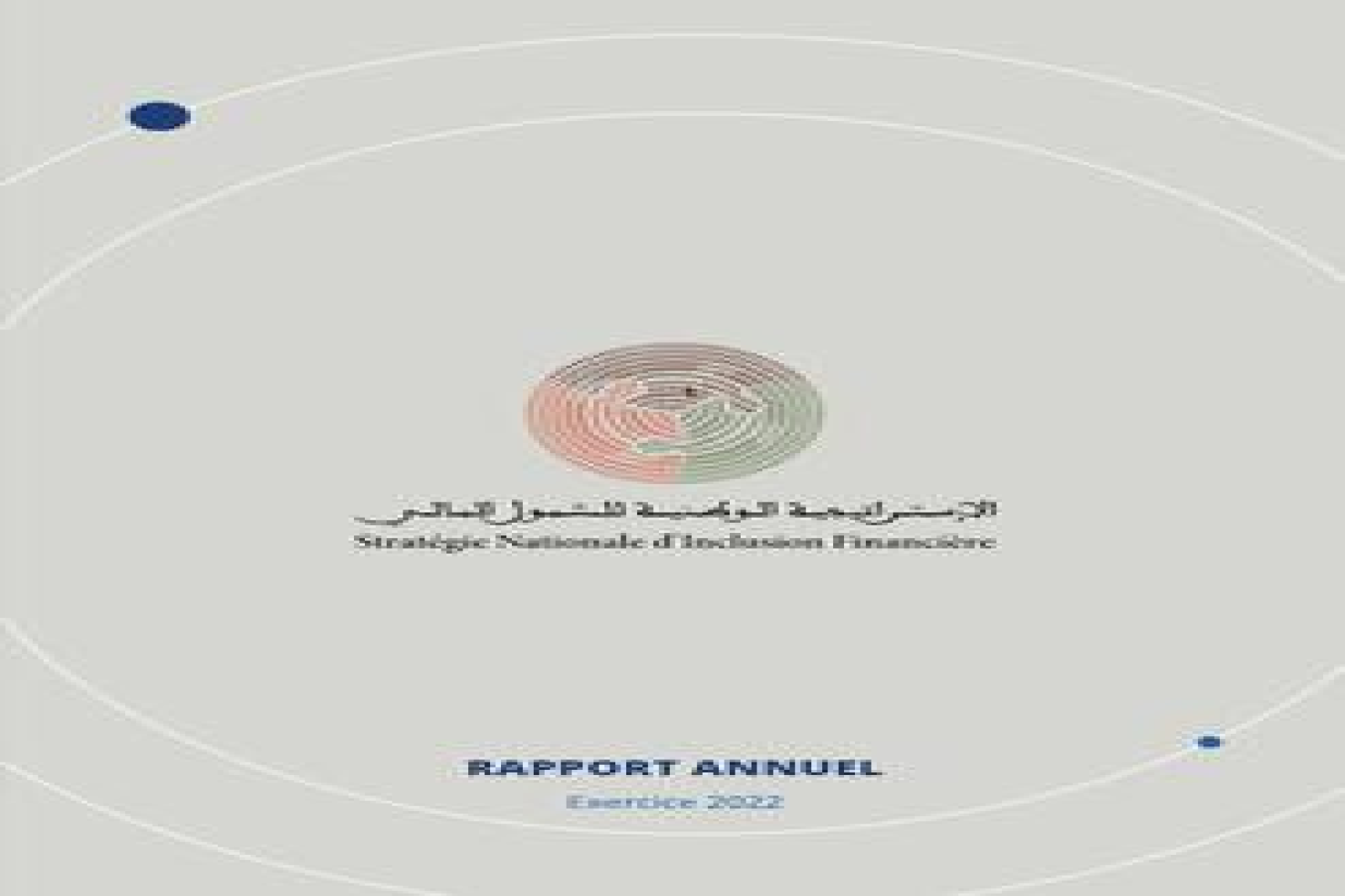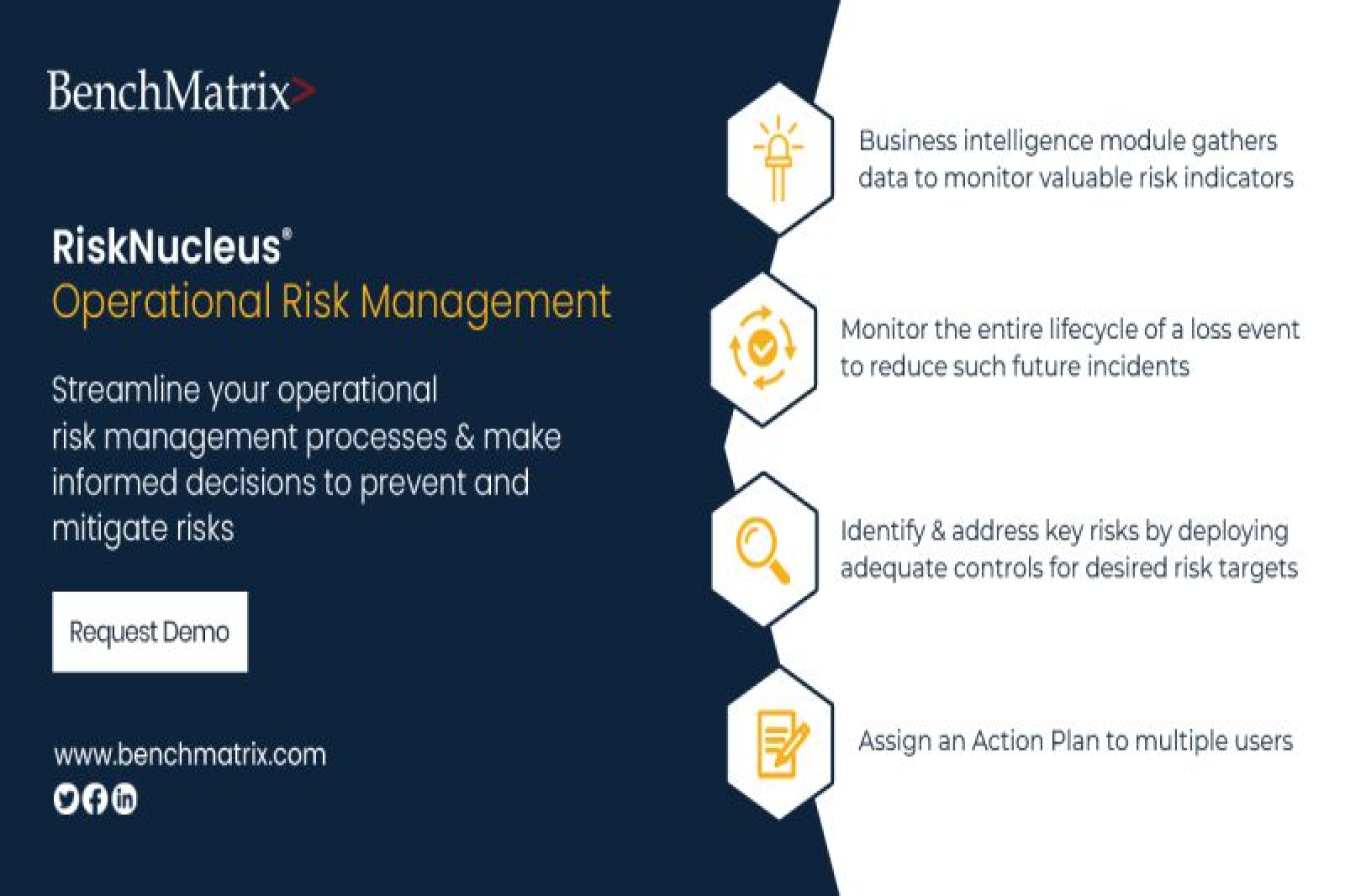La gestion des risques opérationnels : Un levier de performance pour les entreprises marocaines
Comment les entreprises marocaines peuvent adopter des cadres simples de gestion des risques opérationnels pour améliorer leurs performances
Les entreprises marocaines, quelle que soit leur taille, peuvent considérablement améliorer leurs performances en mettant en place des cadres simples mais efficaces de gestion des risques opérationnels. Voici quelques étapes clés pour y parvenir :
1. Identification des risques
La première étape consiste à identifier les principaux risques opérationnels auxquels l'entreprise est confrontée. Cela peut inclure :
- Les pannes de systèmes informatiques
- Les erreurs humaines
- Les fraudes internes ou externes
- Les défaillances de fournisseurs
- Les perturbations liées aux catastrophes naturelles
2. Évaluation et hiérarchisation des risques
Une fois les risques identifiés, il est important de les évaluer en termes de probabilité et d'impact potentiel. Cela permettra de hiérarchiser les risques et de concentrer les efforts sur les plus critiques.
3. Mise en place de contrôles
Pour chaque risque prioritaire, l'entreprise doit mettre en place des contrôles adaptés. Par exemple :
- Des sauvegardes régulières des données pour les risques informatiques
- Des procédures de double vérification pour limiter les erreurs humaines
- Des audits internes pour prévenir la fraude
4. Formation et sensibilisation du personnel
Il est crucial de former les employés à la gestion des risques et de les sensibiliser à l'importance de suivre les procédures mises en place.
5. Suivi et amélioration continue
La gestion des risques est un processus continu. Il est important de suivre régulièrement l'efficacité des contrôles mis en place et d'ajuster la stratégie si nécessaire.
6. Intégration dans la culture d'entreprise
Pour être vraiment efficace, la gestion des risques doit faire partie intégrante de la culture de l'entreprise. Cela implique un engagement fort de la direction et une communication claire sur l'importance de cette démarche.
Avantages pour les entreprises marocaines :
- Réduction des pertes opérationnelles
- Amélioration de l'efficacité et de la productivité
- Renforcement de la confiance des clients et des partenaires
- Meilleure résilience face aux perturbations
- Conformité accrue avec les réglementations
7. Types de risques opérationnels spécifiques aux entreprises marocaines
a) Risques liés à l'infrastructure :
- Coupures d'électricité et instabilité du réseau électrique
- Problèmes d'approvisionnement en eau dans certaines régions
- Défis logistiques dus à l'état des routes dans les zones rurales
b) Risques liés à la main-d'œuvre :
- Pénurie de compétences dans certains secteurs technologiques
- Taux de rotation élevé dans certaines industries
- Défis liés à la formation et au développement des compétences
c) Risques réglementaires :
- Changements fréquents dans la législation du travail
- Complexité des procédures administratives
- Enjeux liés à la conformité fiscale
d) Risques de marché :
- Fluctuations des taux de change, notamment par rapport à l'euro
- Dépendance vis-à-vis de certains marchés d'exportation
- Concurrence croissante des importations à bas prix
8. Exemples concrets de mise en œuvre
a) Industrie textile :
Une entreprise textile de Casablanca a mis en place un système de suivi des pannes machines. Elle a formé ses opérateurs à signaler immédiatement tout problème et a créé une équipe de maintenance préventive. Résultat : réduction de 30% des temps d'arrêt et augmentation de 15% de la productivité.
b) Secteur agroalimentaire :
Un producteur d'agrumes de la région de Souss-Massa a développé un plan de gestion des risques climatiques. Il a investi dans des systèmes d'irrigation efficaces et diversifié ses cultures. Ces mesures ont permis de réduire de 25% les pertes dues aux sécheresses.
c) Services financiers :
Une banque marocaine a mis en place un programme de formation sur la cybersécurité pour tous ses employés. Elle a également renforcé ses systèmes de détection des fraudes. Ces actions ont permis de réduire de 40% les incidents de sécurité.
9. Défis potentiels et moyens de les surmonter
a) Résistance au changement :
- Défi : Les employés peuvent être réticents à adopter de nouvelles pratiques.
- Solution : Communiquer clairement les avantages, impliquer les employés dans le processus et célébrer les succès précoces.
b) Manque de ressources :
- Défi : Les petites entreprises peuvent manquer de budget ou de personnel pour la gestion des risques.
- Solution : Commencer par des outils gratuits ou peu coûteux, former des employés existants plutôt que d'embaucher des spécialistes.
c) Complexité perçue :
- Défi : La gestion des risques peut sembler trop complexe ou académique.
- Solution : Simplifier le langage, utiliser des exemples concrets et adapter les outils au contexte local.
d) Manque de données :
- Défi : Difficulté à obtenir des données fiables pour évaluer les risques.
- Solution : Commencer avec des estimations basées sur l'expérience, puis affiner progressivement avec la collecte de données au fil du temps.
e) Coordination inter-départements :
- Défi : Silos organisationnels empêchant une approche globale des risques.
- Solution : Créer des équipes transversales, organiser des ateliers inter-départements et encourager le partage d'informations.
Conclusion
L'adoption de cadres simples de gestion des risques opérationnels représente une opportunité significative pour les entreprises marocaines. En adaptant ces pratiques à leur contexte spécifique et en surmontant les défis initiaux, elles peuvent non seulement améliorer leur performance mais aussi contribuer à renforcer la résilience de l'économie marocaine dans son ensemble.
À mesure que ces pratiques se répandront, elles pourront créer un effet d'entraînement positif, encourageant l'innovation, attirant les investissements et positionnant le Maroc comme un leader régional en matière de gestion des risques et de performance organisationnelle.






POST COMMENT
COMMENTS(0)
No Comment yet. Be the first :)